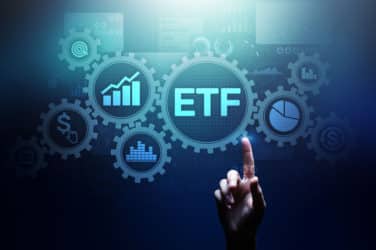
Traditional buy side players learn that changing markets warrant better technology.
At many traditional buy side firms, there has been an invisible separation between traders and portfolio managers. But, as the trading waters get choppier with the advent and sustenance of high-frequency trading, traditional buy side firms, such as mutual fund companies, are taking note.
“There continues to be a number of high-frequency trading shops that impact the markets in all areas, especially in regards to volume—it’s driving the demand for prime analytics,” said Dushyant Shahrawat, senior research director of capital markets of consultancy and research provider, TowerGroup.
HFT firms are driving demand for primarily “live market data,” noted Shahrawat. Yet, opposing traditional buy side firms are also amplifying efforts for the latest technology to level the playing field against HFTs.
“High-frequency demand for better analytics is also driving traditional buy side firms to pursue the same technology… even those that didn’t invest in cutting edge technology before,” Shahrawat said, noting that such new technology is not what “the mainstream utilized.”
In addition to getting access to live market data, regulation, as it impacts market data, finding execution venues offering liquidity, and controlling information leakage are among the top concerns for buy side traders. Technology built to better manage these concerns will also be dependent on strengthening technology on the sell side, according to Shahrawat.
“There is pressure on the sell side to foster innovative trading technology,” Shahrawat said.
Another common theme to the changing buy side landscape is merely the fact that traders are warranting more attention from their portfolio managers.
“Many portfolio managers, who have their CFA desgination (Chartered Financial Analyst), are suddenly interested in what’s happening in the trading world,” Shahrawat noted, positively, “The CFA incorporates very little about trading, but there has been recent recognition among investment professionals about what’s happening in the trading war.”





